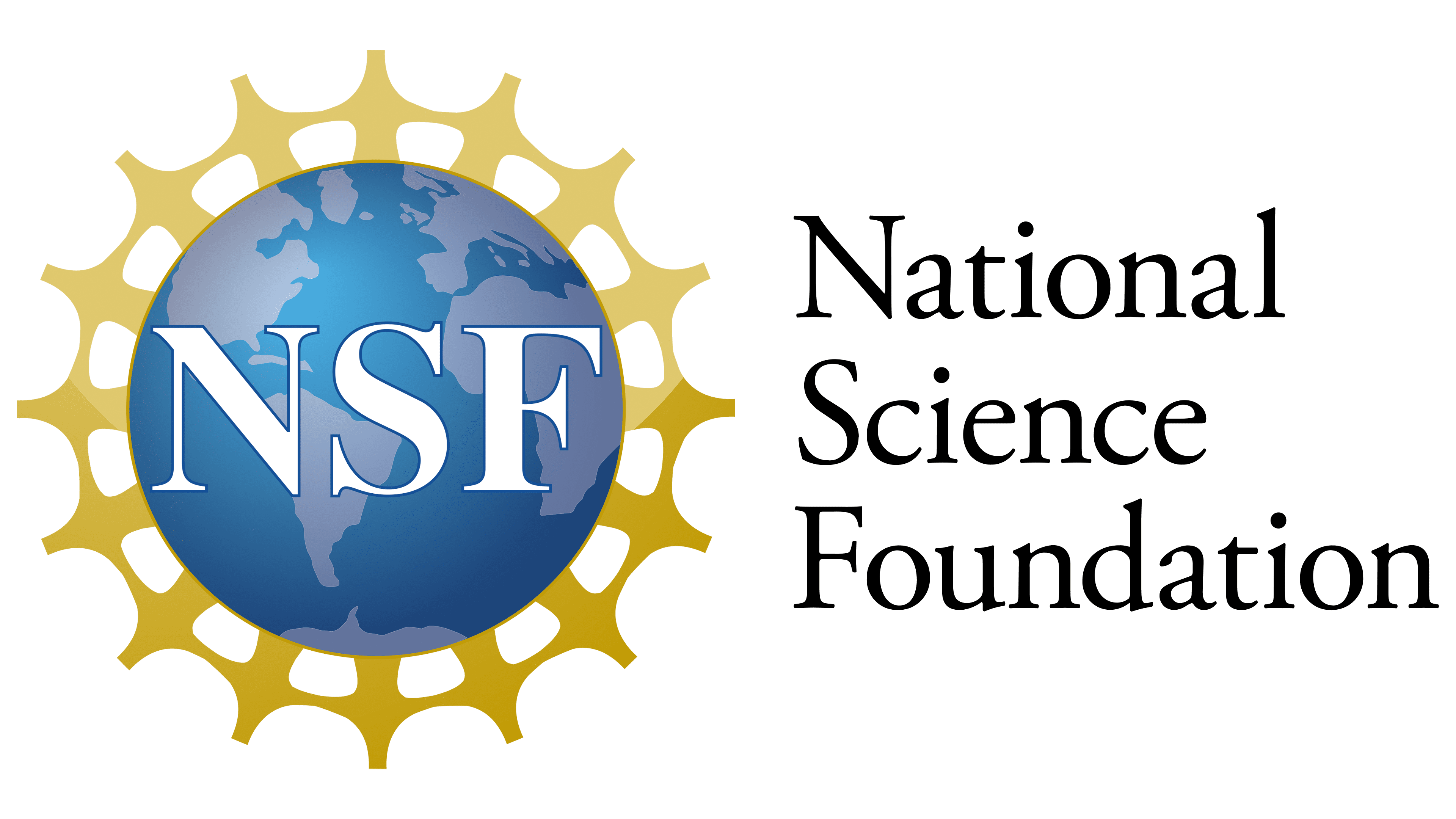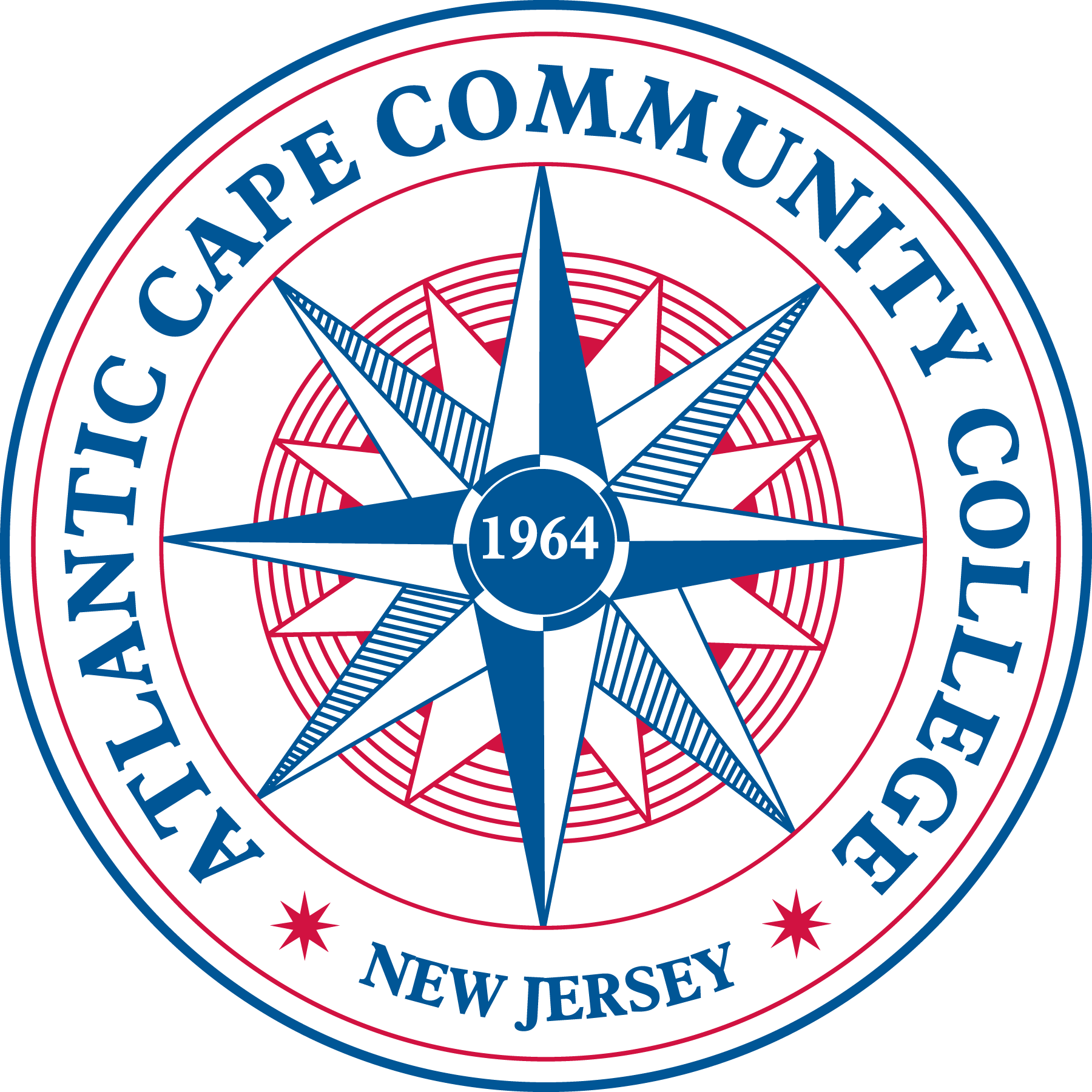Preparing Drone Data Technicians
English Language Learners |
||||
|---|---|---|---|---|
|
To earn the FAA Remote Pilot Certificate under Part 107, applicants must demonstrate proficiency in the English language. Specifically, they must be able to read, speak, write, and understand English. This requirement is crucial for ensuring effective communication, particularly when interacting with Air Traffic Control (ATC) or other pilots in the national airspace system. Exceptions to the language requirement are only considered in cases where the applicant can demonstrate that their inability to meet the standard is due to a medical condition, not a lack of language proficiency The FAA's requirement for English proficiency is in line with international aviation standards set by the International Civil Aviation Organization (ICAO), which mandates English as the global language for aviation. Proficiency is assessed during the knowledge test process. The FAA Unmanned Aircraft General (UAG) exam is a comprehensive test that assesses an applicant’s knowledge of aviation regulations, airspace classifications, weather, sUAS performance, emergency procedures, and crew resource management. The exam consists of 60 multiple-choice questions, and applicants must score at least 70% to pass. To earn the FAA Remote Pilot Certificate under Part 107, applicants must:
Once these requirements are met, the applicant can obtain their Remote Pilot Certificate, which allows them to operate small unmanned aircraft weighing up to 55lbs commercially in the U.S. This project partners with the English as a Second Language and Modern Language (ESL/ML) Department to support advanced English language learners (ELL) in preparing for the FAA UAG-S exam. Through a paired course model, students in ESLN 100 will receive targeted reading and writing instruction alongside drone operations training. This integrated approach helps ELL students master essential language skills while working toward FAA certification. We will track success by having students sit for the UAG-S exam at a testing center, ensuring they are well-prepared to achieve their goals. |
|||
Exam Resources |
Methods |
Outcomes |
Resources |
|




